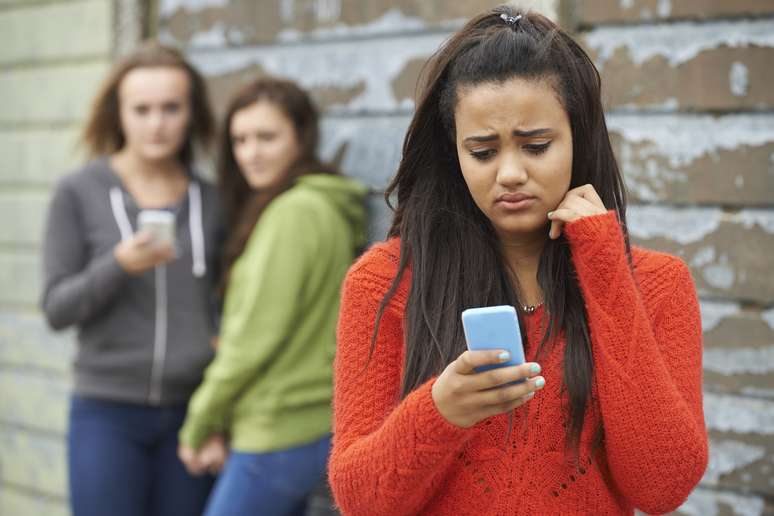A WHO study in Europe shows a worrying increase in online aggression
The World Health Organization (WHO) Regional for Europe this week published the second volume of the study on the health behavior of school-age children, which focuses on patterns of bullying and peer violence.
The research tracks the health behaviors and social environments of nearly 280,000 boys and girls aged 11, 13 and 15 from 44 countries in Europe and Central Asia.
Increase of cyber bullying
While overall trends in school bullying have remained stable since 2018, cyberbullying has increased, amplified by the increasing digitalization of youth interactions, with potentially profound impacts on young people’s lives.
See the main findings of the study:
– Bullying: on average 6% of adolescents are involved in bullying at school. This behavior is more common among boys (8%) than girls (5%).
– Being victims of bullying: about 11% of adolescents have been victims of bullying at school, with no significant differences between boys and girls.
– Cyberbullying: approximately 12%, or 1 in 8 adolescents, reports having committed acts of cyberbullying. Boys (14%) are more likely to report cyberbullying than girls (9%). The data reflects an increase compared to 2018, with boys up 11% and girls up 7%.
– Suffering cyberbullying: 15% of adolescents (about 1 in 6) have suffered cyberbullying, with similar rates among boys (15%) and girls (16%). This represents an increase compared to 2018, from 12% to 15% for boys and from 13% to 16% for girls.
– Physical aggression: one in ten adolescents has been involved in fights, with a notable gender difference: 14% of boys versus 6% of girls.
Gender differences
The findings reveal gender differences in bullying behavior. Boys show a greater tendency towards aggression and involvement in physical fights, highlighting the urgent need for interventions focused on emotional regulation and positive social interactions.
On the other hand, the increase in bullying among girls, especially through cyberbullying, requires targeted, gender-sensitive solutions that promote digital safety, empathy and inclusive school cultures.
Cyberbullying poses unique challenges for adolescents, extending beyond the school gates to the perceived safety of their homes and personal lives.
The most recent data from 2018 to 2022 shows a worrying increase in cyberbullying. As teens spend more and more time online, these numbers highlight the urgent need for interventions that involve educators, parents, community leaders and policymakers to promote digital literacy and safety.
Health and human rights
Researcher Jo Inchley, international coordinator of the HBSC study, highlights: “The digital world, while offering incredible opportunities for learning and connection, also amplifies challenges such as cyberbullying. This requires comprehensive strategies to protect the mental and emotional well-being of our young people. It is vital that governments, schools and families work together to address online risks, ensuring that adolescents have safe and supportive environments to thrive.”
“This report is a wake-up call for all of us to speak out against bullying and violence, whenever and wherever they happen,” said Hans Henri Kluge, WHO regional director for Europe. “With young people spending up to six hours online every day, even small changes in rates of bullying and violence can have profound implications for the health and well-being of thousands of people. From self-harm to suicide, we have seen how cyberbullying in all its forms can devastate the lives of young people and their families. This is both a health and human rights issue, and we must step up efforts to protect our children from violence and harm, both offline and online.”
WHO/Europe recently published its first “position statement” on protecting children from harm online. This will help governments make consistent demands on online and technology companies, with the overall goal of ensuring healthier online environments where children can thrive.
Source: Terra
Ben Stock is a lifestyle journalist and author at Gossipify. He writes about topics such as health, wellness, travel, food and home decor. He provides practical advice and inspiration to improve well-being, keeps readers up to date with latest lifestyle news and trends, known for his engaging writing style, in-depth analysis and unique perspectives.








